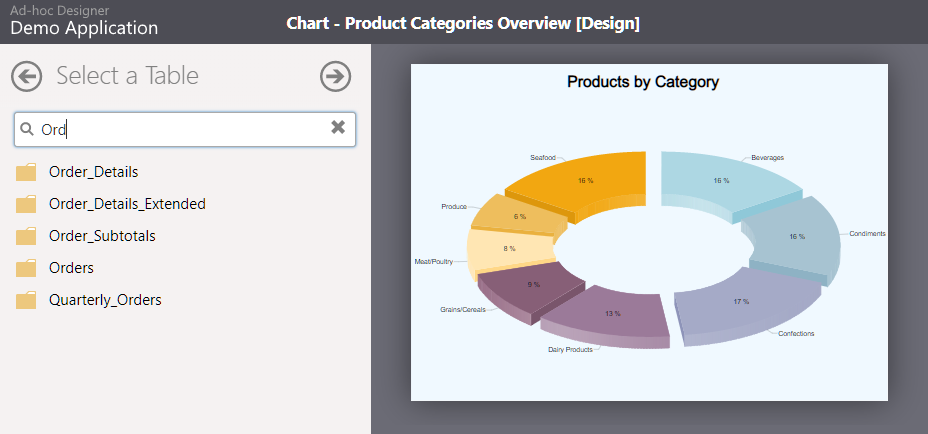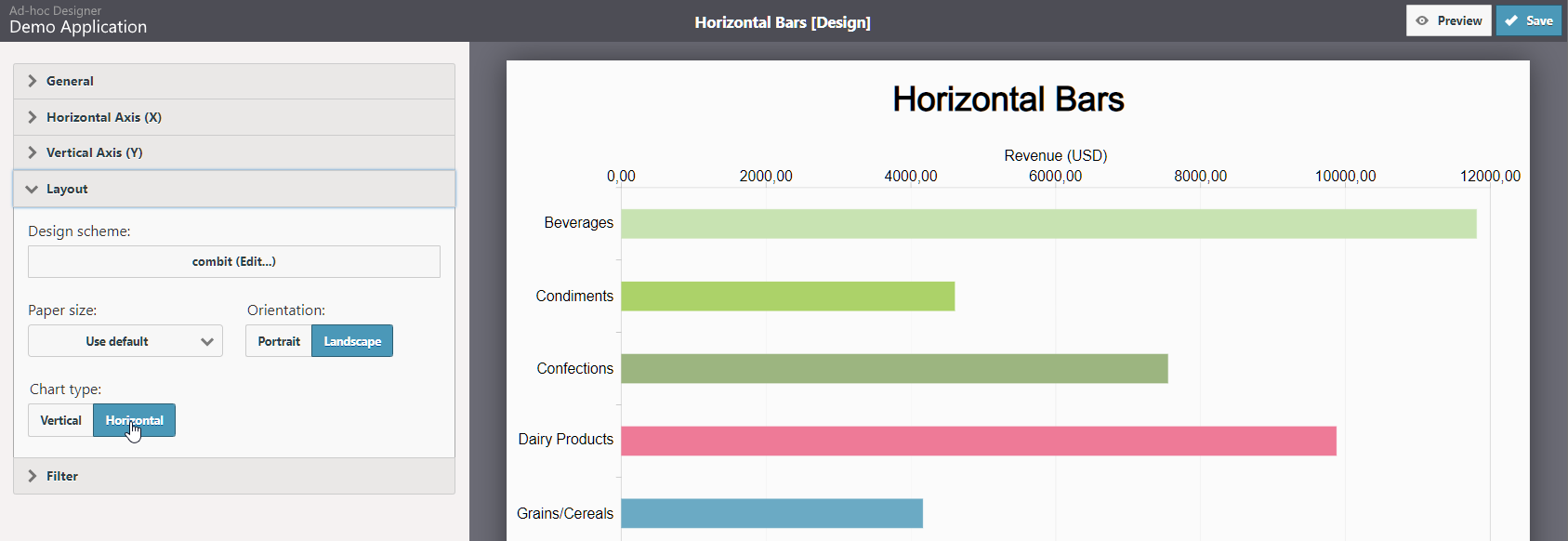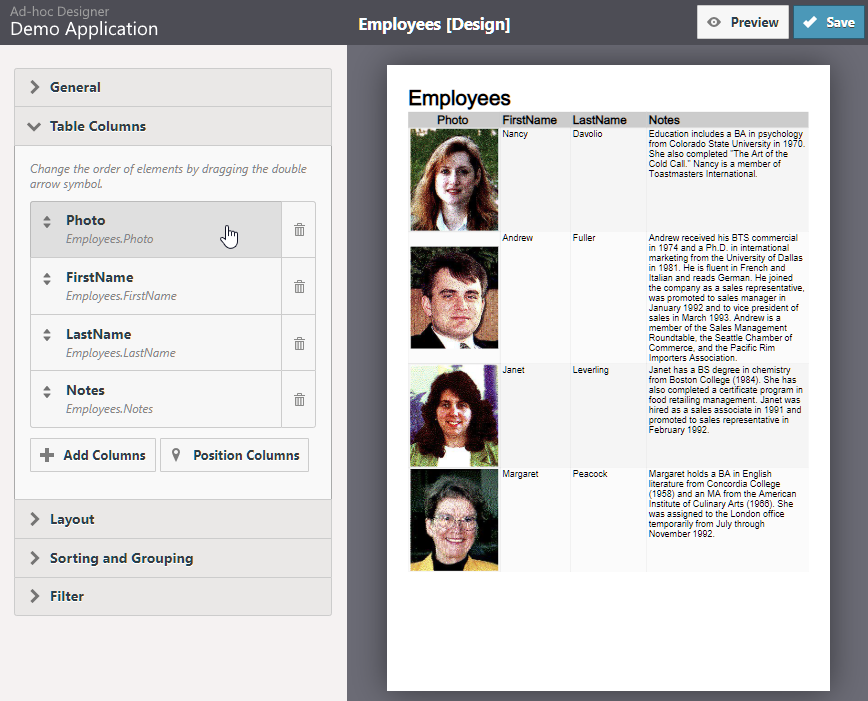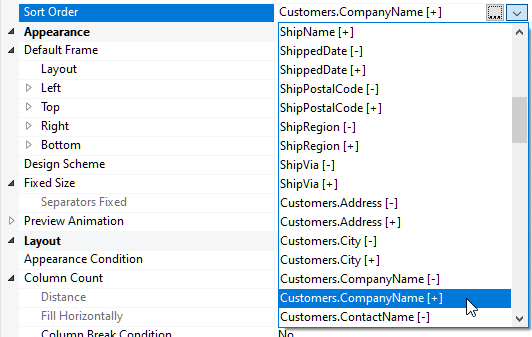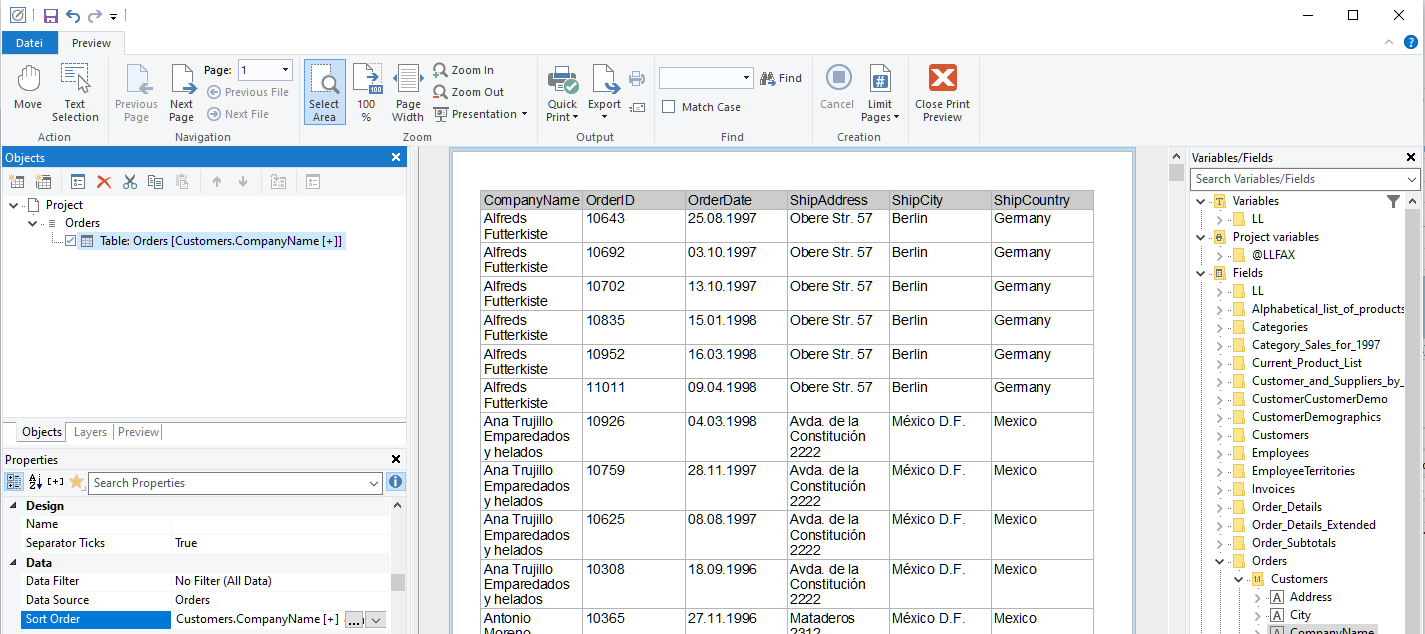Change of Namespace Scheme
The Namespaces for all List & Label classes adhere to a new naming scheme. Before, we used the version number for historic reasons (i.e. “combit.ListLabel25”) as root for all namespaces. Starting with version 26, the new namespaces will be rooted at “combit.Reporting”. This will make updating to new major versions much easier from now on, as ideally no code changes are required.
Support for the Latest .NET 5 Bits, Dropping Support for .NET 4.0
As the .NET 5 release comes closer, we’re making sure that LL26 is compatible with the latest builds from Microsoft. We’ll support the LTS .NET Core 3.1 and – in parallel – the latest .NET 5. Our current roadmap would be to move this to .NET 6 once it’s released (probably in Q4 2021) and then drop support for .NET Core 3.1 as .NET 6 is the next LTS version. In a nutshell – moving forward we plan to support at least the latest and the latest LTS version of .NET.
On a side note, the .NET 4.x support of LL26 now requires at least .NET 4.7. This framework has been around for almost four years now, is supported for all target OS versions and backward compatible to older framework versions. We hope this move doesn’t cause any inconveniences for existing applications. The C# language has evolved over the years and so has the code base of List & Label. To give just one example, in order to use tuples as return values, a newer framework version was required.
New Features for the Ad-hoc Designer
The Ad-hoc Designer got a number of enhancements
Filter the Data Sources for Chart Projects
This is invaluable if you have a huge number of tables in your data source. Users can now easily filter the selection to just display suitable data sources.
Horizontal Bar Charts
Bar charts can now easily be switched between horizontal and vertical bars.
Image as Field Type
Image fields are now supported just like all the other field types.
Sorting Tables by 1:1 Related Field Values
This has been a frequent request – internally, by customers and in our Idea Place. For SQL data sources, you can now sort a table by the value of a 1:1 related field. Example: in order to sort the “Orders” table by the customer name you had to insert an empty customer table before, sort it accordingly and insert the Orders table as a sub table. While this worked of course, it wasn’t a very discoverable workaround for end-users. Also, there were cases where this workaround wouldn’t work (e.g. when using a combined sort order from two different 1:1 related tables). In version 26, the .NET SQL data sources (DbCommandSetDataProvider, SqlConncectionDataProvider, OracleConnectionDataProvider,…) now support a direct sorting by 1:1 fields:
Resulting in a simpler layout while still being able to sort as required. Note there is just the “Orders” table in the report container:
Support for Null Values in Parametrized Data Sources
We introduced paremetrized data sources two years ago. However, due to the string typed nature of the parameter and the way the parametrization works it was not possible to work with null values for parameters until now. In LL26, you’re able to pass null as a parameter value using “(Null)” as syntax. A simple sample would be the following command:
OleDbConnection conn = new OleDbConnection(northwindConnectionString);
conn.Open();
OleDbCommand cmd = new OleDbCommand("SELECT * FROM Customers Where Customers.Country=?", conn);
OleDbParameter param = new OleDbParameter("Country", OleDbType.VarChar, 50);
// allow null values and set the default for the parameter to null
param.Value = "{{Country=(Null)|choicesfield=Customers.Country|allowNull=true}}";
cmd.Parameters.Add(param);
When binding to this command, a nullable report parameter will be added for the OleDbParameter and set to null as default.
Discover more new features in List & Label 26:
Combination Print – Combine Different Projects Into One Print Job
Powerful, Reusable Sub-Reports

